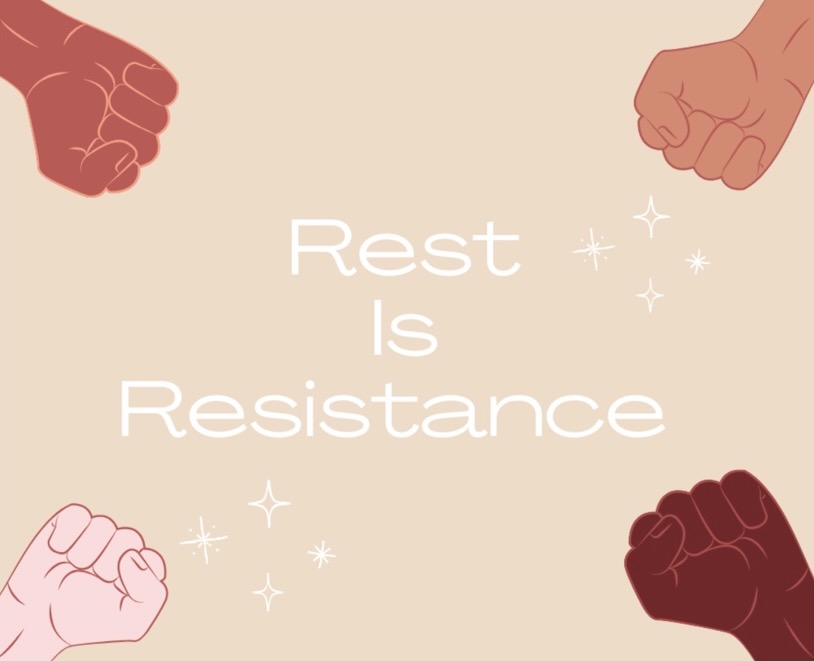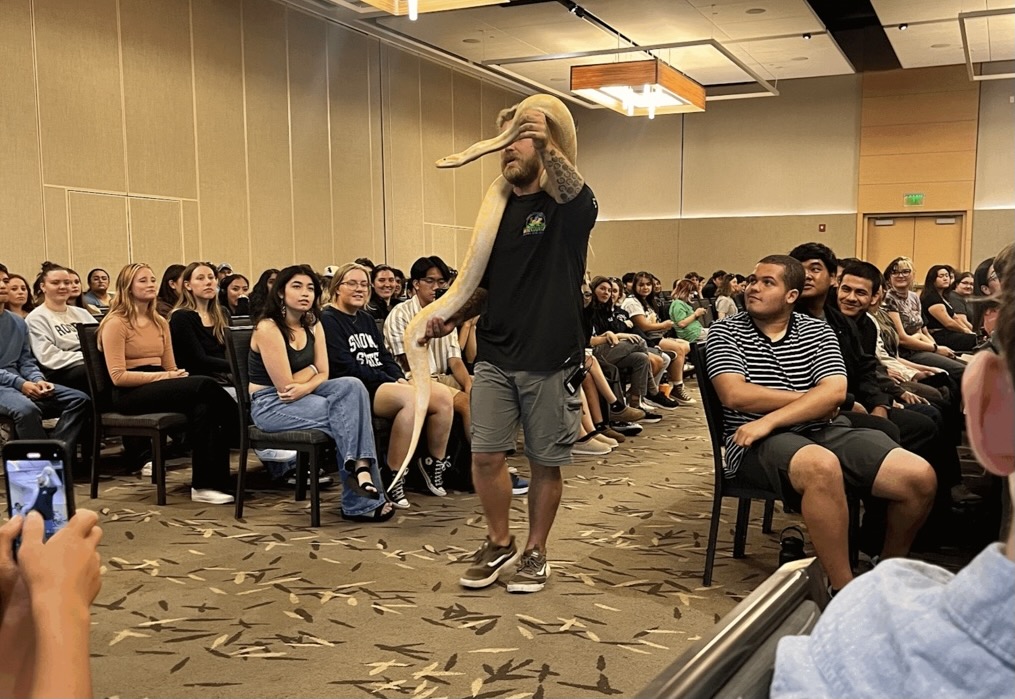On Oct. 17, 2016, Kirk Kimberly, an 18-year-old Rohnert Park resident went missing, and over two weeks later, his body was found in a remote part of Sonoma State University west of the Green Music Center parking lot.
Since Kimberly’s death, no arrests have been made. True-crime author and investigator Johnny Kerns looked deeper into this investigation and wrote a book on the case called, “Inherit the Whole Earth,” in which he names who he believes killed Kimberly. He answered questions surrounding Kimberly’s murder that have not been put out to the public.
What made you interested in this case?
I had just finished my first book “The Coldest Case” and published it when Kirk disappeared and I was looking for my next case. I was following along with the media coverage expecting to find that an arrest was imminent. The unusual method of disposition (the killer buried Kirk) attracted my curiosity.
Burial takes time and usually involves more than one person. In my experience, it is rare because when someone commits a murder, their physiological response is panic (fight-or-flight).
Even someone who has killed before is in a rush to get as far away from the scene as possible. The worst thing, from their perspective, would be to be apprehended on site. So given the culprit took time to bury the body told me certain key things about where and how this happened.
It told me that it took place in a secluded area and the killer never felt that they would be discovered and thus, they could take their time to come up with a plan to hide what they did.
As the days and weeks passed and no arrests had been made, I decided to reach out to Kirk’s parents and the detectives and offer my services.
What was the process like writing this book?
This was a trial for me. I personally interviewed over 50 people, including Kirk’s ex-girlfriends, parents, close friends and the detectives who were searching for his killers. It took a year and a half and you will read in the book, some people were brutal and attacked me personally. The cooperation with Kirk’s parents was always tricky. On the one hand, they wanted to cooperate and help, but they also had competing interests and ultimately, wanted to protect Kirk’s reputation as best they could.
It is funny to look back in hindsight about the things I thought and felt about this crime when I only knew what the newspapers disclosed. When I started digging deeper and deeper into the circumstances surrounding Kirk’s life and his horrific death, the picture became clearer and clearer to me as I dug deeper and time went on.
For every person who slammed the door in my face, there were 10 who agreed to talk, so ultimately I think people are good and want to help. Those who didn’t generally wanted to avoid getting into trouble for what they knew.
Why do you think this case is still unsolved?
Kirk’s life was not much different than most teenagers and it takes a long time to unspool all the social connections, social media history and personalities involved. There are reams of text messages, tons of data and a judge has to authorize the platforms to release that information to police, who then must sift through it all.
Kirk was friends with everyone. He knew everyone. In the fishbowl that is Rohnert Park, there were a lot of people Kirk had run-ins with, and those people had to be eliminated as suspects.
Certainly, because of the wide-access I was granted, the book provides the inside scoop on the police investigation.
Some shocking facts have become known in my book because of that access, namely: Kirk was not stabbed dozens of times, in my opinion he was stabbed twice.
His autopsy revealed that he had Xanax and marijuana in his system when he died.
He lied to his parents about where he was going the day he died.
The last thing he did was make a Snapchat video where he said, “F*ck it” and nothing else before he went to meet his fate and he likely knew he was going to meet with his assailants, in all probability to work things out.
He did not stumble across danger. He was on his way to meet it in the face when he died.
What issues do you think led to this murder?
I think immaturity, first of all.
Second, drugs played a big part. Kirk was on drugs, his killers were on drugs and that can be a recipe for disaster.
People think largely about the opioid epidemic when they contemplate the issue of drugs in society, but legally prescribed pharmaceuticals like Xanax, Klonipin and Valium are more likely to be abused by young people, because they can easily get access to their parents supply of these medications.
The county has just as big a problem with the abuse of legally prescribed drugs. And it isn’t good that kids Kirk’s age are experimenting with these mood stabilizers and anti-anxiety meds. They are dangerous.
What effect do you expect your book to have?
For the community and those attending Sonoma State, I want them first to find reassurance that this was not a random act of violence and that, if we work together to clean up the areas on campus where crime has a safehaven, we can learn from this and take the lessons imparted by it, and honor Kirk.
I also know that my book will be providing information to potential jurors in this case, so I have a duty to report only the truth and to do my due diligence to eliminate rumors and innuendo.
The biggest myths dispelled by my book are: 1. that this was some kind of Satanic cult murder. I knew immediately that was not the case. Those types of killings exhibit certain hallmark attributes related to the crime that would readily identify it as cult related.
2. that this was a random act of violence perpetrated against students. Kirk was not a student at Sonoma State but he lived only a few blocks away, and that is why his remains were found on campus.
There was nothing random about this. It was the end result of a dispute between two groups of people that culminated in violence.
I hope that my book gives everyone insight into what happened and also prompts the university to take an active role in cleaning up the dangerous areas on campus where people can literally get away with murder.



































